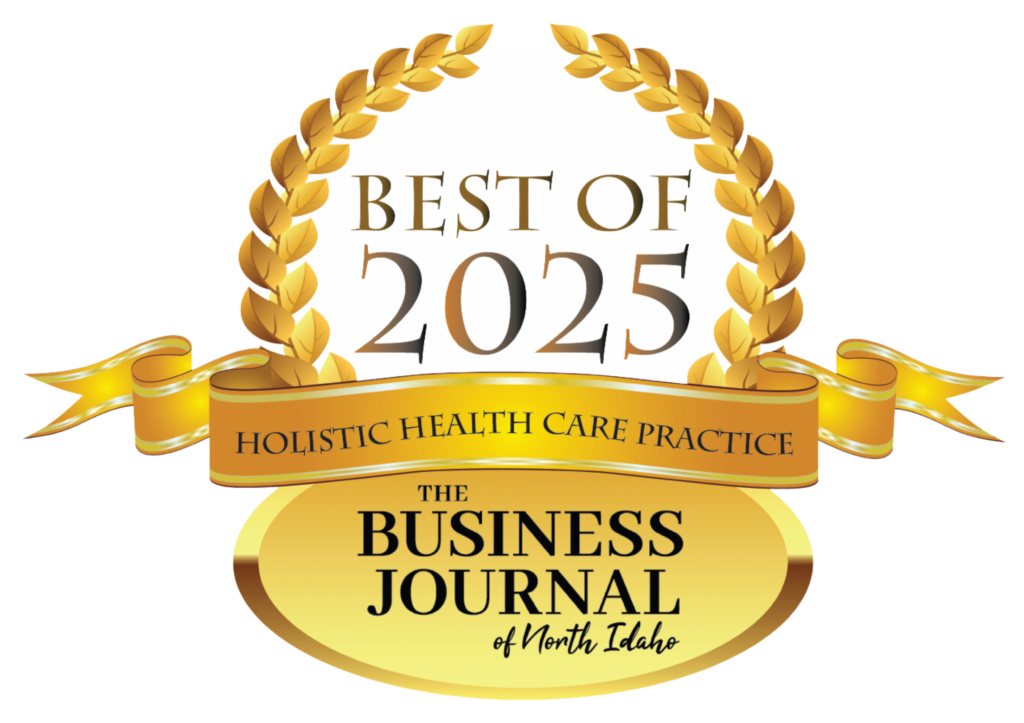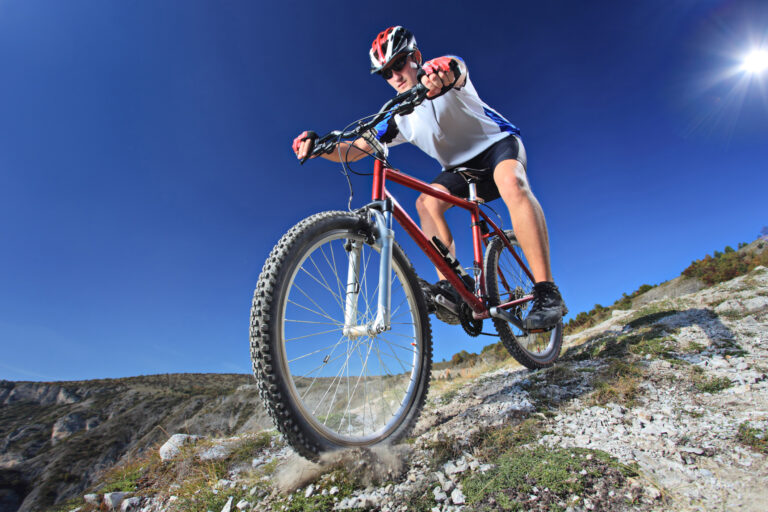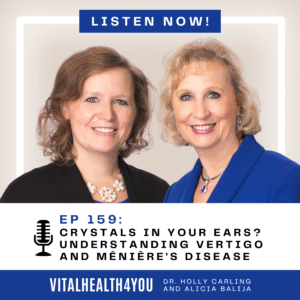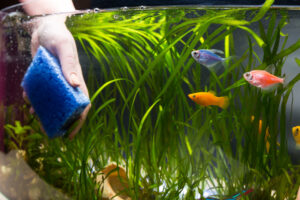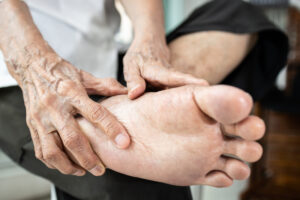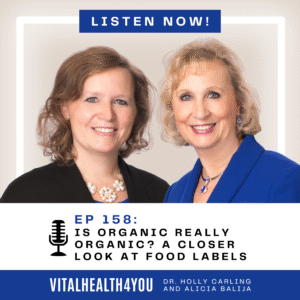As Summer begins, so does the excitement of getting more physically active. In many cases, we have been inactive for months, only to jump into sports or fun activities with physically dormant bodies. Even if in top shape, injuries can occur to the best of us. Injuries then put a damper on our summer excitement and schedules. Of course, so do older injuries that damper not just the excitement, but the activity itself. But what if you could shorten your healing time? What if you could strengthen your tissues, not by exercise, but by other means, and hopefully prevent injuries from occurring in the first place? You can.
Cells in the body from every tissue – muscles, tendons, nerves, blood, etc. – are continually turning over. They all have programmed “cell death”, where they break down naturally, and are replaced with new ones. If physically active, cells can break down at a faster rate, and hopefully, replenish themselves with new ones, also at a faster rate. But sometimes they don’t. Why? Mostly because the raw materials needed for the healing process/cellular repair or replacement are absent in the diet.
You actually have a degree of control over this. For instance, protein is essential for tissue synthesis and repair and fat is necessary for making cell membranes and keeping them strong. It is also involved in the inflammatory process important to tissue repair and for clotting properly. So if those are missing in the diet, those mechanisms will be impaired.
Tissues and organs also need energy. The body relies on essential fatty acids (fat) and carbohydrates for that energy. So, while carbs tend to get a bad rap because of their obesity-causing tendencies, they are crucial factors when physically active. However, the quality of carbs matter. For instance, if those carbs are refined, they are missing the Vitamin E that tissues need for recovery. Vitamin E is needed for immune function (partly responsible for tissue repair), for its antioxidant factors, oxygenation of the tissues, nerve health and protects tissues from damage. Refined carbs tend also to be absent in Selenium (found naturally in Vitamin E) needed for its antioxidants, magnesium needed for muscle relaxation, manganese needed for tissue regeneration, copper needed for collagen health, and iron needed for collagen synthesis and oxygen delivery to cells.
Other essential nutritional factors include calcium. Calcium is critical for muscle contraction – which occurs at greater amounts both in intensity and frequency when active. The more active you are, the more the demand for calcium. Calcium needs to be of the right type, such as calcium lactate, which gets it into the muscles easier. Fat is also needed for proper transport of calcium into the tissues.
B Vitamins are essential elements because they are needed for the efficient use of energy, for collagen formation and other tissue healing systems. Vitamin K is needed for proper blood clotting (important especially if you are injured), and Vitamin A promotes collagen healing and immune health. Vitamin C is vital for collagen formation and repair, to enhance oxygenation to the tissues and to support immune health.
All of these nutrients are needed for healthy, flexible, yet strong tissues, thereby helping to prevent injuries, as well as involved in the healing process. They are necessary for children and adults alike.
Another aspect somewhat addressed when active is hydration. Dehydration can be serious whether active or “just” working in the garden. If you are good at water consumption, but not replacing sodium, you can still get dehydrated. We recognize the truth of that when the weather is hot, but humidity is sometimes a greater factor. Death can occur from dehydration as cool as 75 degrees if humidity is above 95%! Make sure you are replacing your minerals, especially sodium, along with good water consumption.
A great way to speed up healing is by acupuncture. Acupuncture helps injuries in many ways. It helps the body to release hormones that stop pain and helps control inflammation and swelling. The latter two are essential components of the healing process, but runaway inflammation or swelling can also impede proper recovery. Acupuncture also stimulates the micro-circulation into the tissues, bringing with it additional nutrients needed to speed healing. It activates cells that are responsible for “gobbling up” the damaged tissue and blood remnants, so that new tissue can proliferate in its place. Acupuncture can also assist the body in its healing by improving systems involved in the healing process. Digestion is needed to get the nutrients into the tissues, and proper immune functioning is needed for tissue repair and healthy tissue growth. The liver, spleen and pancreas health all can influence the ability to heal. If any of these systems are sub-standard in their effectiveness, healing will be slower, and injuries more likely.
Acupuncture and proper nutrition are critical components, especially together, if you have an injury, and even better, to prevent an injury. Summer is a time for fun activities. You have some control over the quality of the fun, with regards to preventing injuries, or speeding the recovery once hurt. Let’s enjoy a healthy, active and pain-free season!
©2013 Holly A. Carling, O.M.D., L.Ac., Ph.D.

